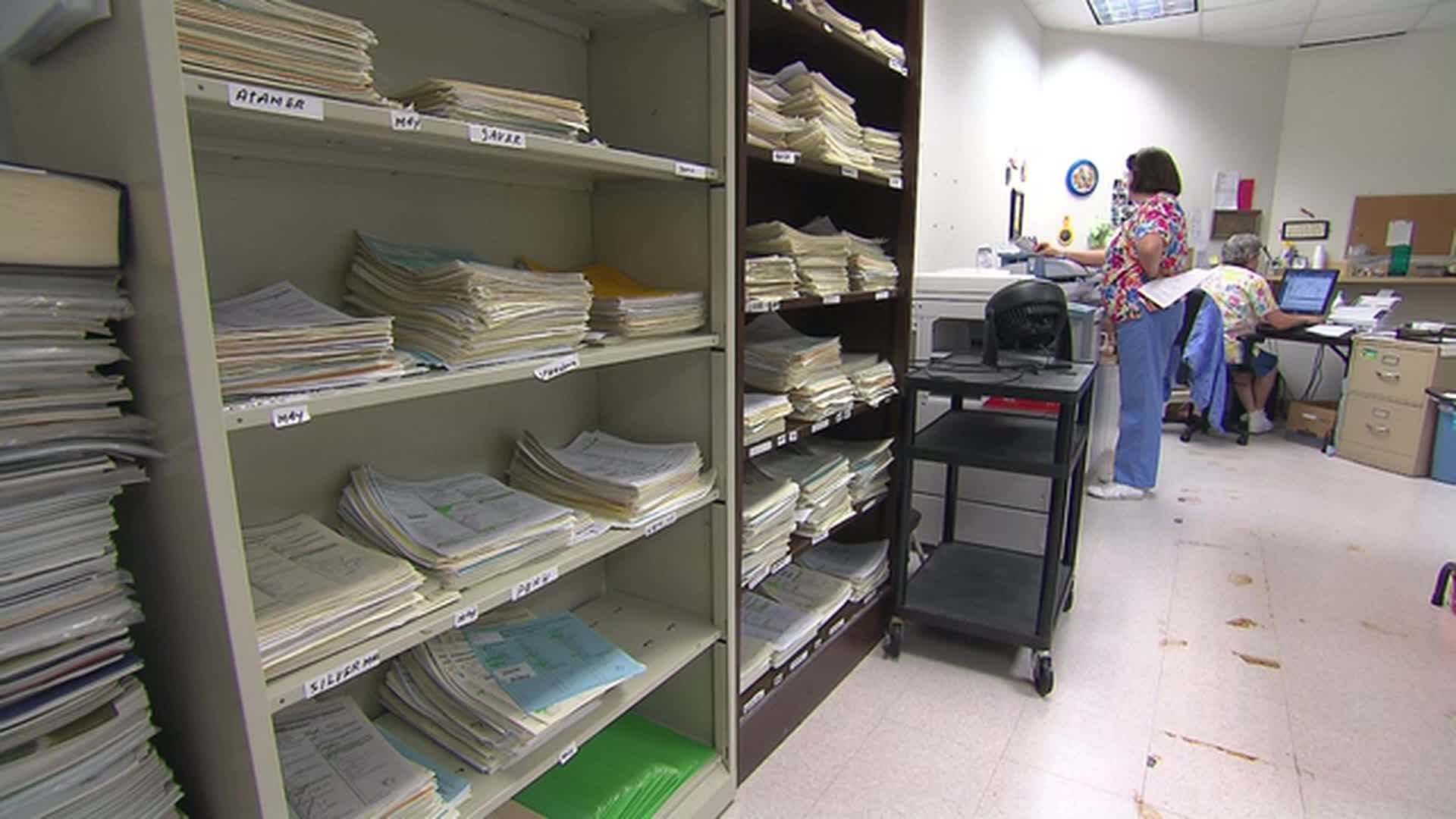A judge in New York has thrown out a lawsuit filed by Donald Trump against The New York Times, characterizing the case as both inappropriate and inadmissible, signaling yet another legal defeat for the former president. The ruling highlights the intricate legal struggles Trump still confronts as he attempts to oppose media criticism and ongoing probes.
The lawsuit stemmed from a 2018 investigation published by The New York Times that examined Trump’s financial history, including details about his taxes and the transfer of wealth within the Trump family. Trump had accused the newspaper of engaging in what he described as a conspiracy to obtain confidential documents improperly and argued that the publication’s reporting was part of a coordinated effort to damage his reputation. The judge’s ruling, however, made clear that the claims lacked legal merit and represented an attempt to weaponize the courts against journalists performing their professional duties.
Legal reasoning behind the dismissal
By dismissing the case, the judge highlighted the significance of the freedom of the press and the safeguards provided to journalists by the First Amendment. The judicial decision acknowledged the essential part played by the media in examining public figures and distributing information relevant to society, which is fundamental to democracy. Additionally, the decision underscored that Trump’s legal claims did not prove any actionable damage, portraying the lawsuit instead as a measure of retribution for unfavorable coverage.
The tribunal also determined that Trump’s allegations of a plot were unfounded, concluding that The New York Times’ techniques were part of legitimate investigative journalism. By describing the case as “clearly improper and impermissible,” the judge highlighted the importance of protecting journalists from efforts to threaten or penalize them via legal channels. Legal authorities indicate that the ruling supports established precedent defending media entities when covering issues of public interest, especially when it involves a prominent political individual.
For The New York Times, the ruling supports its reporting practices and enhances the legal safeguards accessible to journalists. The newspaper has consistently maintained that its inquiry was grounded in valid journalism techniques and fulfilled the public’s right to know by offering clarity about the financial dealings of a current president during that period.
Implications for Trump’s broader legal strategy
This ruling represents only one of several legal challenges Trump is facing, but it carries significant symbolic weight. The dismissal not only prevents Trump from pursuing damages against The New York Times but also sets a precedent that may influence how courts view future lawsuits brought by public figures against media outlets. Trump has frequently criticized the press, branding unfavorable coverage as “fake news” and seeking to discredit institutions he views as adversarial.
Many commentators note that the rejection might restrict the route for Trump’s current legal approach, which frequently includes assertive litigation to oppose probes and reporting. Although the previous president has historically employed legal threats as a means to deter detractors, this judgment indicates that courts might be less inclined to accept arguments without solid legal basis. This ruling could further encourage other media outlets to engage in comprehensive reporting on politically sensitive issues, assured that legal precedents will protect them from retaliatory legal actions.
The overall legal environment for Trump remains difficult. He is still dealing with criminal probes, civil lawsuits, and investigations into his business operations, all of which together subject him to unparalleled legal examination. Within this landscape, the unsuccessful legal action against The New York Times is seen as a piece of a broader series of legal strategies that have yielded varied outcomes up to now.
The importance of a free press in this situation
Essentially, the verdict underscores the importance of the media in democratic systems. By rejecting Trump’s legal action, the judiciary emphasized the necessity for journalists to conduct investigations and report without the threat of retaliation from influential figures. This situation illustrates the persistent conflict between public officials attempting to manage their portrayal and media outlets responsible for ensuring openness and responsibility.
Supporters of media freedom have applauded the decision, seeing it as a win not only for The New York Times but for journalism in general. They contend that such instances highlight the necessity of a strong legal system that stops those in power from exploiting the judiciary to suppress dissent. In democratic nations, the media acts as a balance against authority, and the verdict affirms that the judiciary will defend these safeguards, even when facing intense legal confrontations.
International monitors have highlighted the importance of the verdict, emphasizing that media freedom is at risk in numerous global regions. The tribunal’s ruling illustrates judicial autonomy and dedication to protecting constitutional liberties, establishing a precedent that echoes outside the United States.
While the dismissal of the lawsuit marks a victory for The New York Times, it also adds another chapter to Trump’s complicated legal narrative. The former president has consistently portrayed himself as a target of unfair treatment by both the media and the judicial system, and this ruling is likely to be incorporated into his broader political messaging. However, the court’s decision makes clear that legal systems are designed to prevent misuse and to protect institutions essential to democratic governance.
As Trump maintains his pursuit of political goals, the connection between his legal issues and public opinion will be a crucial aspect of his journey. The judgment against his lawsuit emphasizes the obstacles he encounters in managing the legal system and the political field. For reporters, the case’s rejection underscores the importance of investigative journalism and acts as a reminder that holding individuals accountable is an essential role of the media.
Ultimately, the court’s rejection of Trump’s case illustrates the resilience of democratic institutions in the face of pressure from powerful figures. By standing firmly on the side of press freedom, the judiciary has not only resolved a legal dispute but also reinforced a principle that lies at the heart of open societies: the right to question, investigate, and publish without fear of suppression.




